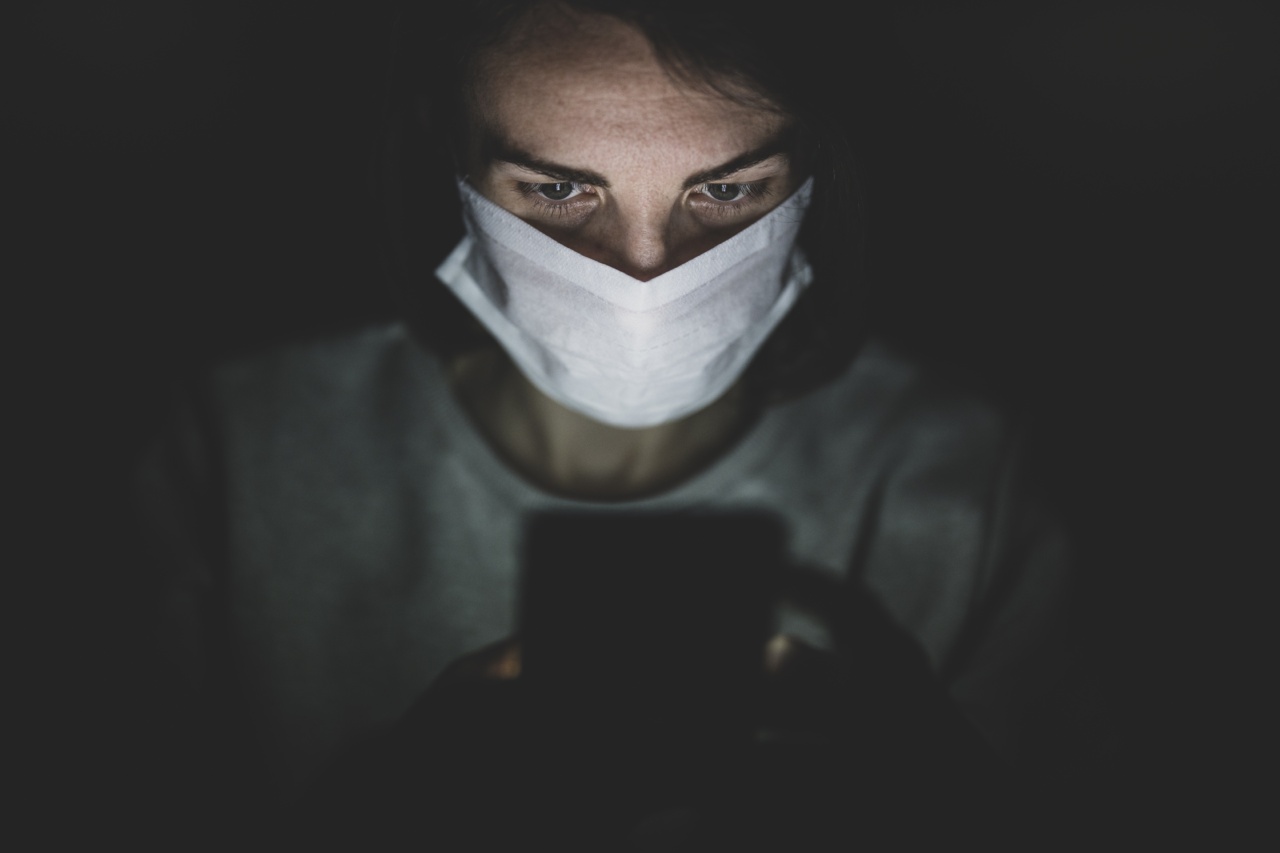Anxiety is a normal and natural part of life. It is our body’s natural response to stress and danger. However, when anxiety becomes excessive and irrational, it can be debilitating and interfere with daily life.
Anxiety can often manifest in physical symptoms that can be distressing and difficult to manage. Here are 9 physical symptoms of anxiety that you should be aware of:.
1. Heart palpitations
Heart palpitations are a common symptom of anxiety and can feel like your heart is racing or skipping a beat. This can be alarming and can make you feel even more anxious.
However, heart palpitations are usually harmless and are a result of the body’s fight or flight response. If you are experiencing heart palpitations, try to slow down your breathing and focus on calming your mind.
2. Shortness of breath
Shortness of breath is another common physical symptom of anxiety. It can feel like you are having trouble breathing, which can be very scary.
Shortness of breath is also a result of the body’s fight or flight response, which causes the muscles in your chest to tense up. To manage shortness of breath, try taking slow, deep breaths and remind yourself that you are not in danger.
3. Sweating
Sweating is a natural bodily response to stress and anxiety. It can also be a symptom of an anxiety disorder. Excessive sweating can be embarrassing and uncomfortable, but there are ways to manage it.
Try wearing loose, breathable clothing and practicing relaxation techniques like meditation and deep breathing.
4. Trembling
Trembling or shaking is another physical symptom of anxiety. It can be caused by the body’s fight or flight response, which releases adrenaline and causes muscle tension. Trembling can be distressing, but it usually subsides once the anxiety dissipates.
To manage trembling, try relaxation techniques like yoga or meditation.
5. Nausea
Nausea is a common symptom of anxiety and can be caused by the body’s fight or flight response. It can make you feel sick to your stomach and can be very uncomfortable.
To manage nausea, try drinking clear fluids, eating small, frequent meals, and avoiding foods that are greasy or spicy.
6. Headaches
Headaches are a common physical symptom of anxiety. They can feel like a tension headache or a migraine and can be very painful. Headaches are often caused by muscle tension in the neck, shoulders, and scalp.
To manage headaches, try practicing relaxation techniques like deep breathing and stretching.
7. Muscle tension
Muscle tension is a common symptom of anxiety and can make you feel tight and uncomfortable. It can be caused by the body’s fight or flight response, which released adrenaline and causes muscle tension.
To manage muscle tension, try relaxation techniques like yoga, meditation, and massage.
8. Fatigue
Fatigue is a common symptom of anxiety and can be caused by the body’s fight or flight response. Anxiety can be exhausting and can make it difficult to get a good night’s sleep.
To manage fatigue, try practicing good sleep hygiene, such as going to bed at the same time every night, avoiding caffeine, and creating a relaxing bedtime routine.
9. Difficulty concentrating
Difficulty concentrating is a common symptom of anxiety and can make it difficult to focus on tasks. It can be caused by the body’s fight or flight response, which can make the mind race and make it difficult to concentrate.
To manage difficulty concentrating, try practicing mindfulness techniques like meditation and deep breathing.




























